It is often said that “what gets measured gets done”. And getting things done, through people, is what management is all about.
Measuring things that get done and the results of this effort is an essential part of successful management, but too much emphasis on measurements, or the wrong measurements may not be in your company’s best interests.
Key Performance Indicators (KPI’s) are an important management tool to measure business performance, and are often used to measure maintenance.
Unfortunately, unlike operations, there are few “hard” measures of maintenance output and the measurements that are used are often easy to manipulate.
Maintenance KPI’s must be integrated with operating KPI’s and must be “balanced”, and there are three other key criteria that should be considered when deciding what aspects of maintenance to measure:
- The KPI’s should encourage the right behavior
- They should be difficult to manipulate to “look good”
- They should not require a lot of effort to measure
Some measurements may encourage people to do things that you do not want. A common measurement is “adherence to weekly work schedule” for non-shutdown maintenance work. It’s easy to achieve a high adherence to schedule by scheduling less work, through over-estimating work orders.
However, what’s really wanted is higher productivity, which can often be achieved by challenging people through scheduling more work. So the wrong measurement may work against you.
Like “adherence to schedule”, other common measurements are easy to manipulate. Some examples are percent of time spent on Preventive Maintenance (PM) work, percent of re-work, percent emergency work and percent “break-in” work.
Look for KPI’s which are truly relevant and satisfy the three criteria listed above. A good example comes from a plant trying to improve shutdown planning, where a new target of completing all planning two weeks in advance of a shutdown has been set.
Because all shutdown work orders have a shutdown code, a simple report from the CMMS listing all purchase requisitions against work orders for a specific shutdown that were originated less than two weeks in advance will give a very useful measure.
It supports the right behavior, is unlikely to be manipulated (and if it is it should be obvious) and is easy to measure (the CMMS does all the work). It will also provide information on where to take action and where to recognize good planning efforts.
Innovative KPI’s such as the above example may be of greatest value when measuring the success of efforts to change practices, and may be discontinued when the new practices become a habit.





